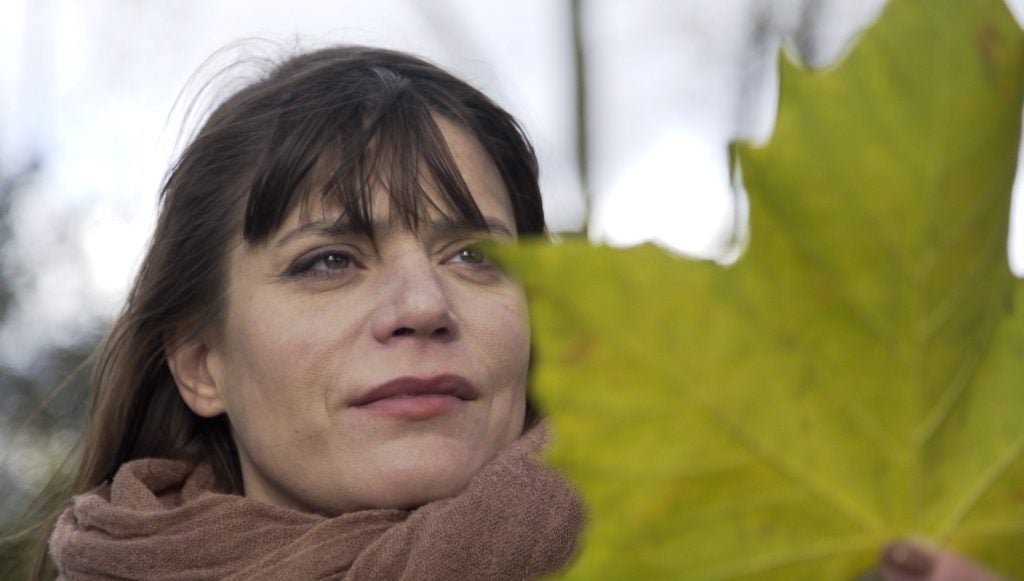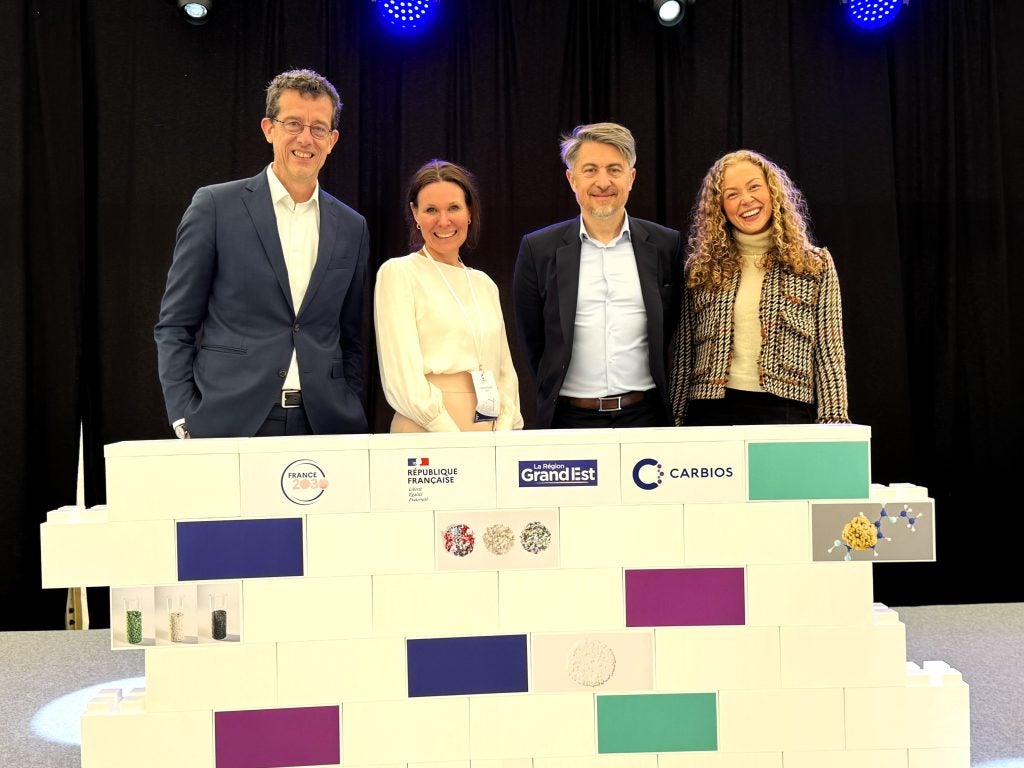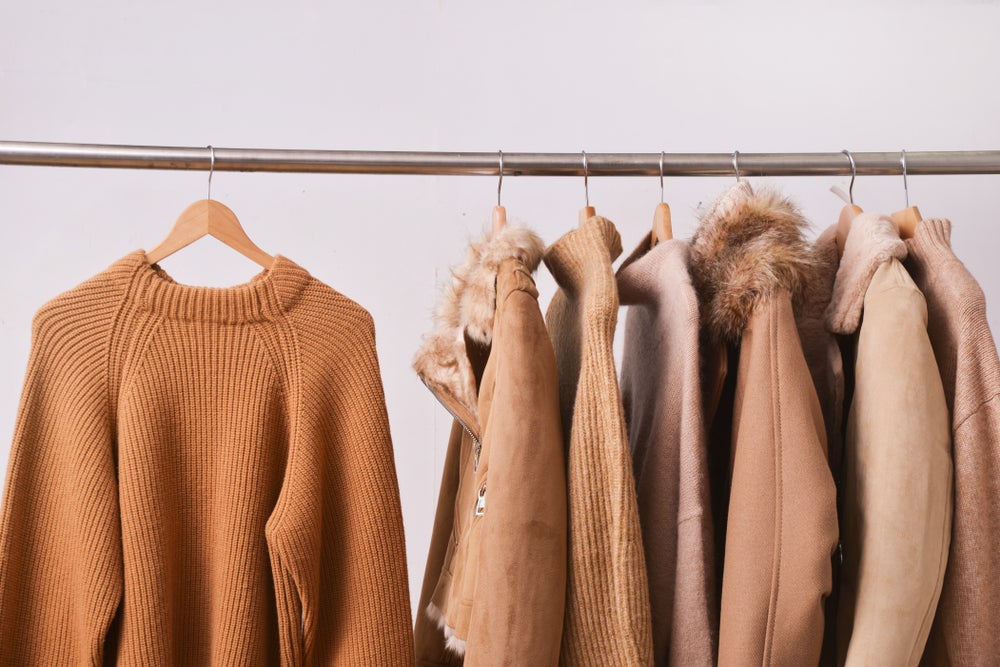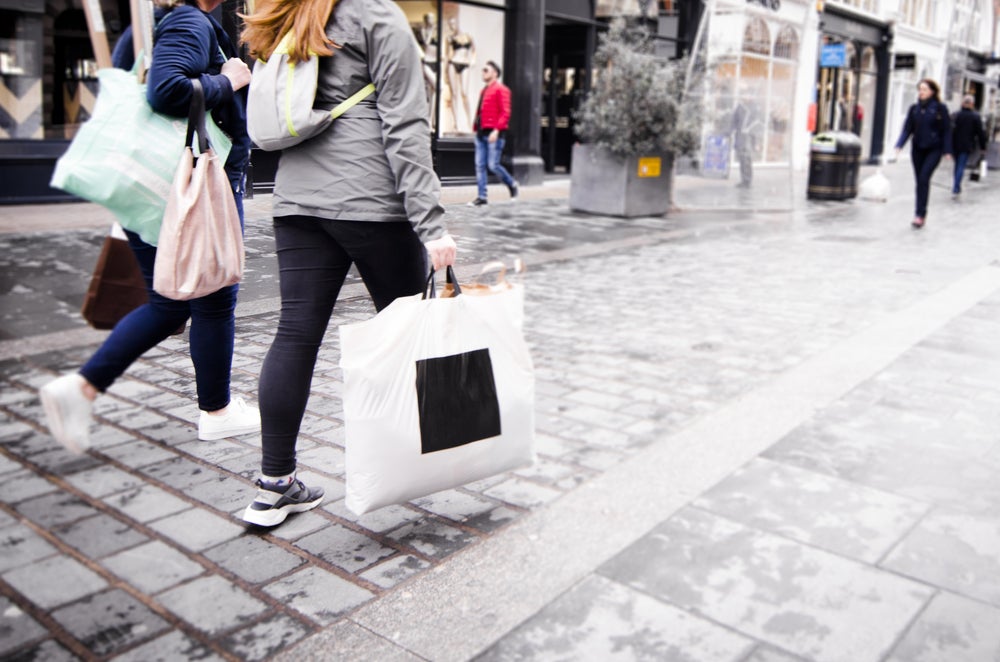Vinted surveyed 100,000 of its members in Belgium, Germany, France, Spain, Italy, Poland and the Netherlands. It analysed the results alongside independent analysis from climate technology start-up Vaayu, shedding light on the growing second-hand market for apparel.
Research from the Waste and Resources Action Programme (WRAP) found that there were 1.6bn items of unworn clothing in UK wardrobes alone, making the second-hand market a key resource.
Vinted’s CEO Thomas Plantenga said the findings show second-hand fashion has the potential to become “the first choice” for consumers in Europe.
“These findings encourage us to continue to invest in making second-hand easy and accessible to everyone in society. However, despite this positive trend, second-hand remains a very small part of the fashion market. Thus there is lots of work and potential ahead of us.”
Which consumers are buying and selling second-hand clothing?
Millennials are Vinted’s biggest market, making up 44% of the marketplace’s users, followed by Gen X who make up 32% of users.
Vinted found Millennials were most likely to re-invest money from items sold on the site into purchasing other second-hand items, while Gen Z users were more likely to withdraw money earned from selling.
Both Gen Z and Millennial buyers reported a “strong preference” for cheaper shipping.
Why are consumers choosing second-hand?
As the cost-of-living crisis continues, it is perhaps no surprise that eight in 10 Vinted users said the site enables them to purchase cheaper items or items they would not otherwise be able to afford.
However, 19% of Vinted users were motivated to use the site because they believe resale is “the right thing to do”, this increased to 26% of users in France and 22% in Germany.
A fifth of Vinted users (20%) said they would still buy second-hand items if they were the same price as new.
One user told Vinted: “I love buying bigger ticket items which have only been worn once or twice and then it’s ready to be moved on – things like wedding outfits. It’s better for the planet and saves beautiful clothing wasting away in wardrobes.”
How is resale changing consumer habits?
The research found 65% of Vinted users say they prefer to buy fewer, more expensive items rather than more items that are cheaper. 84% of users said the second-hand items they buy on Vinted were the same or better quality than new ones.
Almost two-thirds of Vinted members (65%) said a quarter of the items in their wardrobe are second-hand and 37% said second-hand makes up half or more of their wardrobe.
Vinted’s report also suggested that selling clothing second-hand motivates sellers to take better care of their clothes. Over a third (36%) of users said they were more careful with clothing because of the opportunity to resell items.
This may also be motivating Vinted users to spend more on any new clothing they do purchase, with 22% saying they buy better quality items knowing they can later re-sell them.
Are second-hand sales better for the planet?
The researchers estimated that each second-hand purchase saves around 1.25kg in CO2e emissions and in total Vinted users have saved around 679 kilotonnes of CO2 by buying second-hand instead of new in 2023.
For some products, this is expected to be higher – at 2kg CO2e for womens’ jeans and 2.44kg CO2e for mens’ suits and blazers.
Most sellers on Vinted (88%) said the items they sell on the site could be worn for just as long as a brand-new item.
It is important to note the resale market will still have an impact on the climate, particularly through deliveries, packaging and operations.
Vinted reported an increase in its emissions per delivery, which it attributed to a change in Vaayu’s calculating models for individual parcels, increasing from 1.63kg CO2e per delivery in 2023, up from 1.28kg CO2e in 2021.
The company is focusing on its logistics operations to lower the impact of deliveries, promoting pick-up points to its users as these require fewer deliveries. In 2022, 75% of Vinted orders were collected from pick-up points instead of being delivered to homes.
Vinted’s senior director of sustainability Marianne Gybels said: “We are starting to see the wider impact resale has on people’s shopping habits, which is promising for the climate. These insights will help us to further develop our sustainability strategy and increase the positive impact of trading second-hand. At the same time, we're working hard to reduce the emissions from our own operations. We believe these two things should go hand-in-hand."
In March 2024, Vinted reported its first-ever profit, as well as revenue growth of 61% in 2023 to €596.3m ($636.3m).
In March 2024, a report from ThredUp estimated that the global second-hand apparel market will be worth $350bn by 2028 and will comprise 10% of the fashion market worldwide by 2025.
















